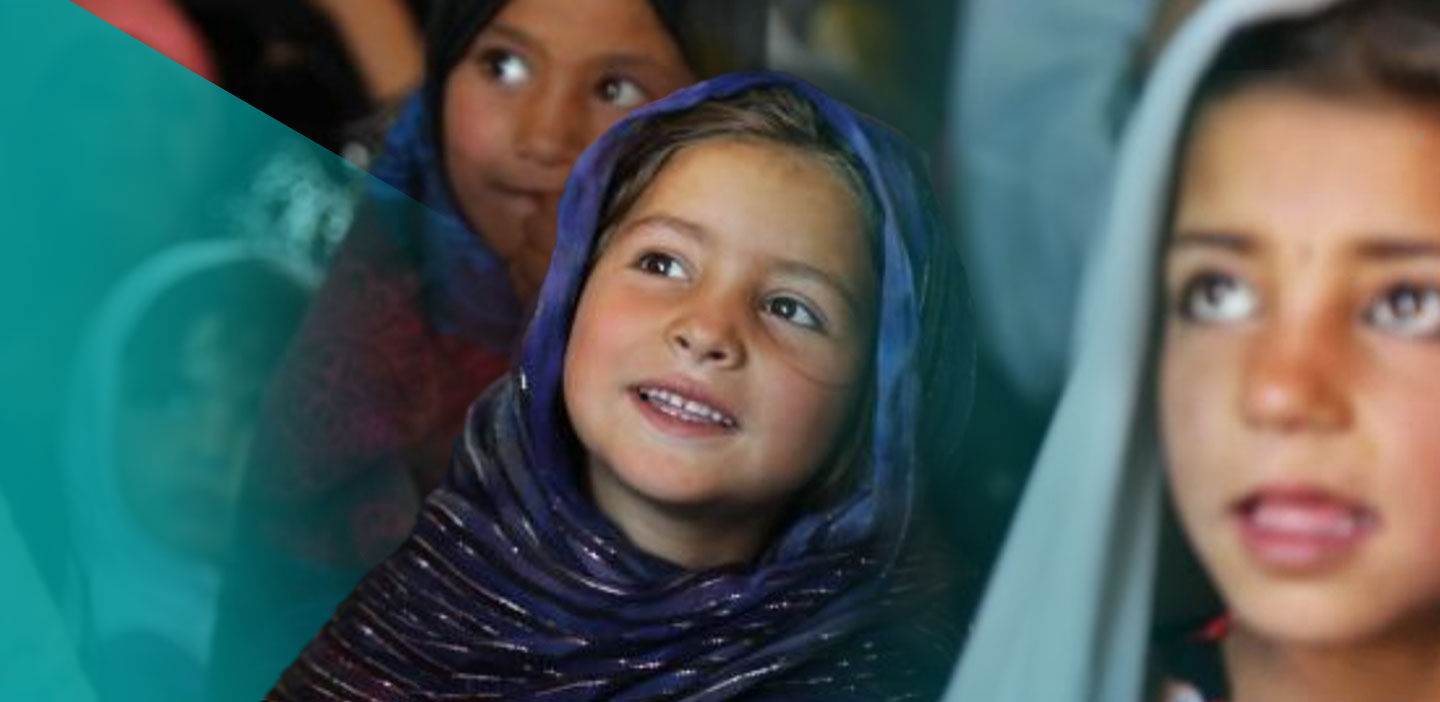This medication regimen is designed to reduce HIV viral load, making it undetectable and thus untransmittable (U=U). This has extended life expectancy in HIV patients by an average of 15 years.3
Diagnostics in Disease Elimination

Testing our capacity for change - the silver lining and a golden opportunity
A never-before-seen response
COVID-19 brought diagnostic testing into the global spotlight.
In reaction to the pandemic, countries around the world poured tremendous resources into fortifying laboratory infrastructures. As individuals and entire economies worked to cope with the surreal new way of life, diagnostic testing served as an anchor to early transmission-prevention efforts. While the swift response by the healthcare community deserves every accolade, the successes of several key testing strategies and solutions stem from another outbreak which took the world by storm decades earlier.
We are now engaged in another deadly episode in the historic battle of man versus microbe. These battles have shaped the course of human evolution and of history. We have seen the face of our adversary, in this case a tiny virus.
- William A. Haseltine, 1985
(Spoken before U.S. Senate subcommittee on HIV/AIDS)
Lessons learned from a previous pandemic
From terminal diagnosis to manageable chronic condition—is HIV elimination next?
In 2020, nearly 700,000 people suffered HIV-related deaths and an estimated 1.5 million new people were infected.1 At a glance, these numbers highlight the considerable work still to be done to combat this burdensome disease. However, a broader lens reveals the considerable progress made on this front.
Today, access to testing and treatment enable people to live normal, healthy lives, but advancing to this point required significant learning, innovation, sacrifice and investment.

How our understanding evolved
The impact of infrastructure; the power of policy.
In 1981, HIV/AIDS first received global attention, sparking fear and stigma as it erupted into a global epidemic. Fortunately, calls to fund research resulted in the development of the first PCR test for the virus. Over time, policies and financial programs were implemented, helping to alter the course of transmission and treatment.
Key dates for policies which influenced HIV/AIDS strategies

The first approved diagnostic test for HIV-1

Introduction of HAART, associated with lowering morality rates by 57%

The United Nations set new targets for HIV/AIDS diagnosis, treatment and monitoring
Turning to testing to stop transmission
As the world better understood the nature of HIV—including the way in which the virus spreads—the medical community began formulating strategies to fight back. For example, discovering that a late diagnosis was associated with increased morbidity, mortality, and healthcare costs led to targeted efforts to support timely diagnoses.2 Awareness initiatives showed asymptomatic and pre-symptomatic persons the importance of testing which helped further containment. However, this ramp up was not universally achieved, leaving the virus to spread disproportionally.
Still today, some regions of the world face an array of cultural and socioeconomic barriers to change. These include education to combat stigmas which deter people from getting tested, public policy changes required to fund infrastructure, and philanthropic partnerships which can improve access to testing, monitoring, and therapy.
The impact of innovation on infection management
The established impact of diagnostics, and the promise of new developments in prevention, drew interest (and subsequent funding) from governments, NGOs and philanthropic organizations. The influx of funds boosted the development of paradigm-shifting tools and treatments that helped stem the spread of disease.
The foundation of disease elimination
Charting a course for future success.
Worldwide efforts to combat HIV have shown the potential of the right policies and funding, together with disease-specific diagnostic and therapeutic innovations. Looking across the global landscape of disease, other burdensome pathogens are logical next targets for concerted eradication efforts. These include, but are not limited to:
While there remain financial, logistical, and scientific hurdles in the way of elimination, there exists optimism among experts regarding the future of eradication. The diagnostic infrastructures in place as a result of COVID-19 present a rare opportunity to transform the dynamic between human beings and infectious diseases.
What will be done with this gift has yet to be written.
Like what you read? Share it:
Four healthcare trends that will impact your laboratory
References:
World Health Organization. HIV/AIDS. https://www.who.int/news-room/fact-sheets/detail/hiv-aids. Accessed July 21, 2021.
Schwarcz S, Richards TA, Frank H, et al. Identifying barriers to HIV testing: personal and contextual factors associated with late HIV testing. AIDS Care. 2011;23(7):892-900.
Avert.org. Ten pivotal moments in the HIV epidemic. https://www.avert.org/news/ten-pivotal-moments-hiv-epidemic. 2016. Accessed July 21, 2021
Amendola A, Sberna G, Forbici F, et al. The dual-target approach in viral HIV-1 viremia testing: An added value to virological monitoring? PLoS One. 2020;15(2):e0228192.
Lalla-Edward ST, Stevens W, Mashabane N, et al. Feasibility and acceptability of iThemba: a mobile health application to support engagement in HIV care and viral load suppression. Presented at the CQUIN Project 3 rd Annual Meeting, Johannesburg, South Africa, November 10-14, 2019. http://cquin.icap.columbia.edu/wp-content/uploads/2019/12/CQUIN-Panel_Lalla-Edward.pdf. Accessed July 21, 2021.
Centers for Disease Control and Prevention. PrEP. https://www.cdc.gov/hiv/basics/prep.html. Accessed July 21, 2021.
Medicalnewstoday.com. Kingsland J. Clinical trial brings an effective HIV vaccine a step closer. https://www.medicalnewstoday.com/articles/clinical-trial-brings-an-effective-hiv-vaccine-a-step-closer. Accessed July 21, 2021.
Pedrana A, Munari S, Stoové. Doyle J, Hellard H. The phases of hepatitis C elimination: achieving WHO elimination targets. Lancet Gastroenterol Hepatol. 2021;6(1):6-8.
Buckley GJ, Strom BL. National Academies of Sciences, Engineering, and Medicine. 2016. Eliminating the public health problem of hepatitis B and C in the United States: Phase one report. Washington, DC: The National Academies Press.
Centers for Disease Control and Prevention. World Health Assembly adopts global strategy to accelerate cervical cancer elimination. https://www.who.int/news/item/19-08-2020-world-health-assembly-adopts-global-strategy-to-accelerate-cervical-cancer-elimination. Accessed July 21, 2021.
Centers for Disease Control and Prevention. Global Tuberculosis Report 2020. https://www.who.int/publications/i/item/9789240013131 Accessed July 21, 2021.